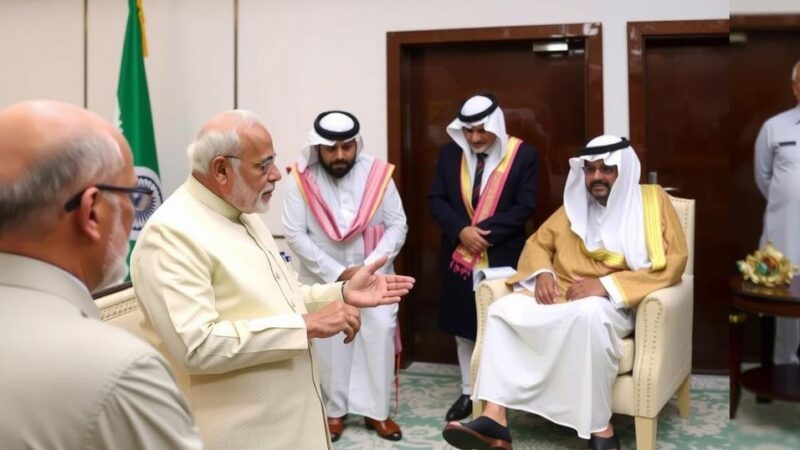President Joe Biden’s upcoming APEC summit in Peru is overshadowed by the looming presence of China’s President Xi Jinping, who is set to inaugurate a significant new megaport. With economic ties between China and Latin America on the rise, Biden’s efforts to strengthen U.S. relations may be hindered, particularly if Trump re-emerges as a dominant force in American politics. Analysts predict that the dynamics of the summit will highlight a critical shift in influence in the region, showcasing China’s growing power amid U.S. uncertainty.
In the lead-up to the Asia-Pacific Economic Cooperation (APEC) summit in Lima, Peru, President Joe Biden faces significant challenges as he is perceived to be politically weakened amidst the resurfacing influence of former President Donald Trump. While Biden could have showcased American diplomacy and collaboration with Latin America, Trump’s likely return to power threatens to overshadow his efforts. As Biden arrives, the grand inauguration of a $1.3 billion Chinese megaport by President Xi Jinping stands poised to dominate the discussion and highlight China’s expanding influence in the region. This event underscores a critical shift in Latin America’s alliances, where economic ties with China continue to grow exponentially, eclipsing US interests. The Chinese-Chancay port, nearing completion, will revolutionize shipping logistics between South America and China, reflecting a broader trend of China’s increasing foothold in Latin America. As US-China tensions escalate, Xi is expected to leverage the event to assert China’s role as a preeminent partner for Latin American nations, further complicating Biden’s diplomatic stances. In contrast to Biden’s aims of strengthening multilateral ties through agreements, Trump’s inclination towards isolationism poses a risk of elevating China’s standing as a preferred collaborator in the region. Analysts are concerned that the APEC summit will reveal a clear dichotomy in influence, with Trump’s potential resurgence threatening to draw the United States back into a corner on the global stage, while China expands through infrastructure investments and expanding trade relations. The shift in geopolitical dynamics solidifies the notion that Latin American countries are not adopting a binary stance in their affiliations but are navigating multiple partnerships. This evolving landscape emphasizes the necessity for the United States to renew its engagement strategies to retain its influence while countering China’s advancements in political and economic arenas. The response from Peruvian leaders indicates a willingness to maintain a dialogue with both superpowers but highlights the increasing efficacy of China’s regional outreach and investment strategy, posing a strategic challenge for US foreign policy moving forward.
The article discusses the political landscape surrounding President Joe Biden’s participation in the APEC summit in Peru, especially in light of the increasing influence of China and the potential return of Donald Trump to the presidency. It underscores the significance of China’s investment in infrastructure, particularly the Chancay megaport, and how these developments symbolize a shift in trade relations in Latin America. Additionally, it highlights the challenges for the United States in reestablishing its position in a region that appears to favor Chinese investment and partnerships.
The APEC summit in Peru stands as a pivotal moment for evaluating the geopolitical landscape between the United States and China. President Biden’s diminished political capital juxtaposed with Xi Jinping’s expanding influence through significant infrastructure investments paints a complex picture of international relations in Latin America. As developments unfold, the need for the U.S. to revitalize its engagement strategies becomes paramount to counterbalance China’s growing stature in the region and offset the implications of a Trump resurgence on American foreign policy.
Original Source: apnews.com







